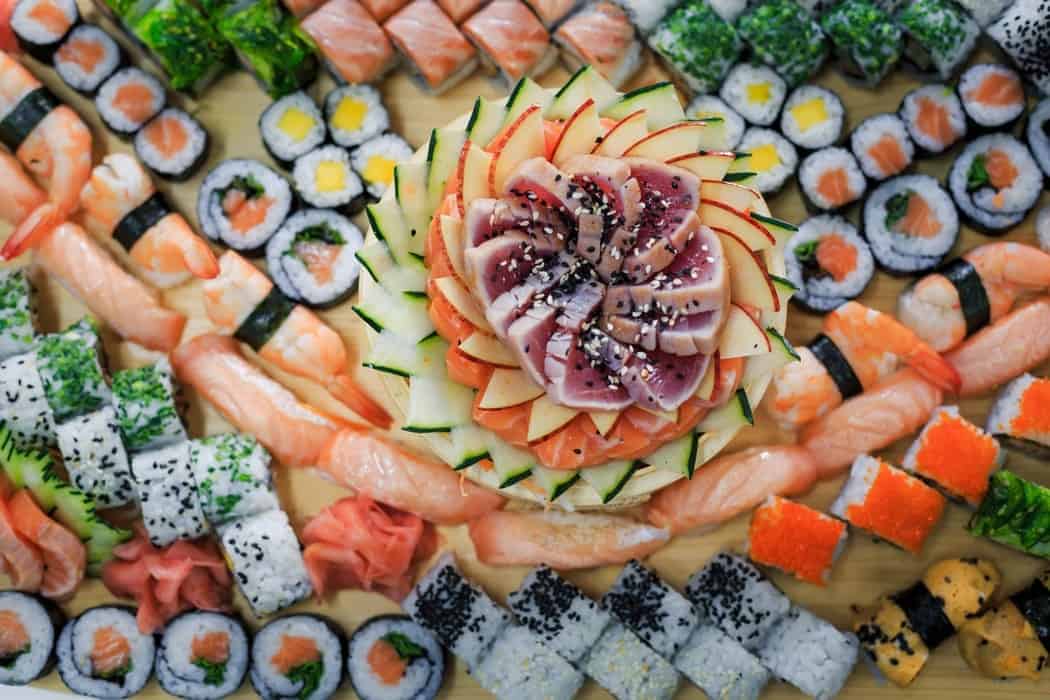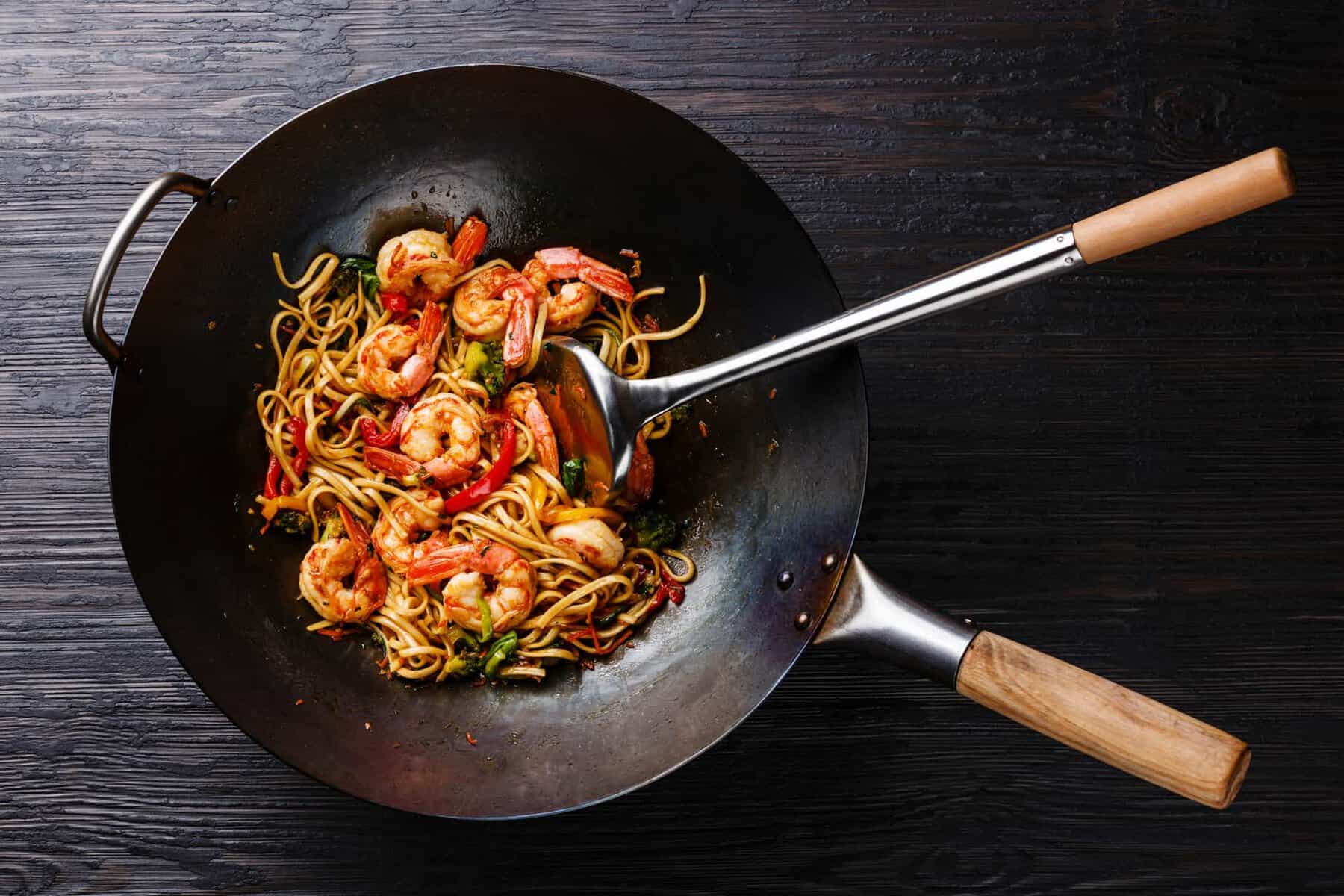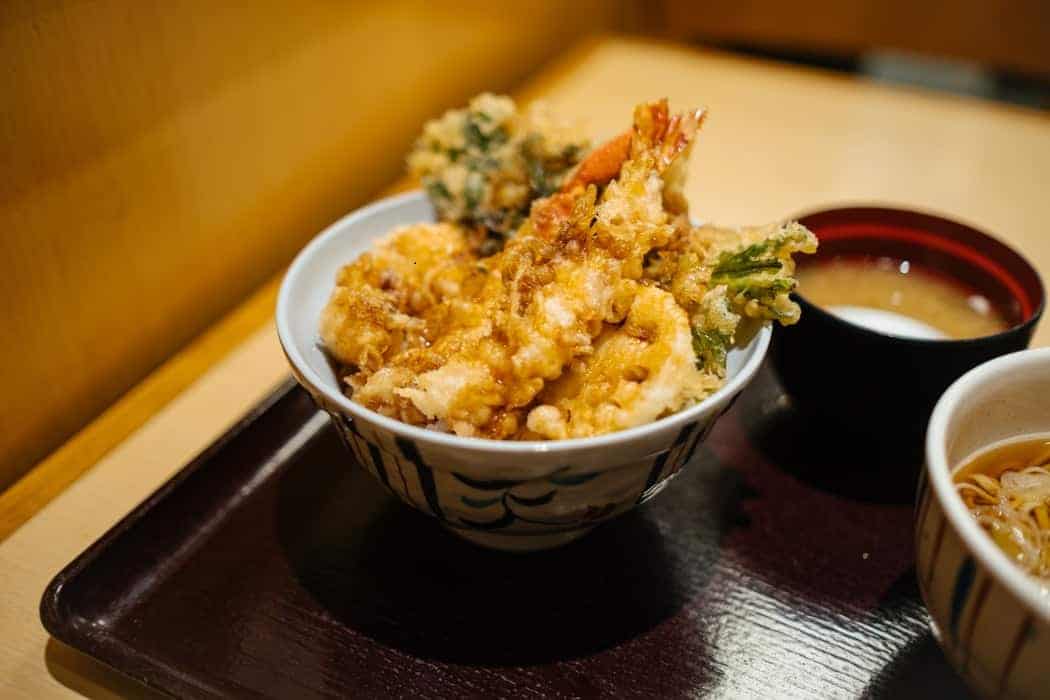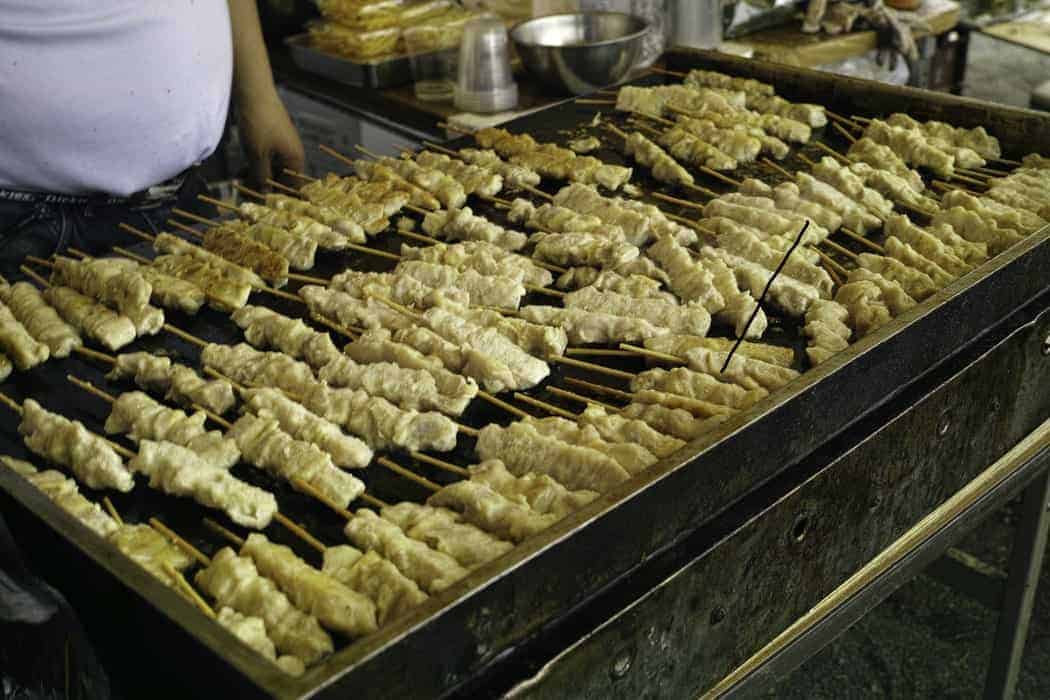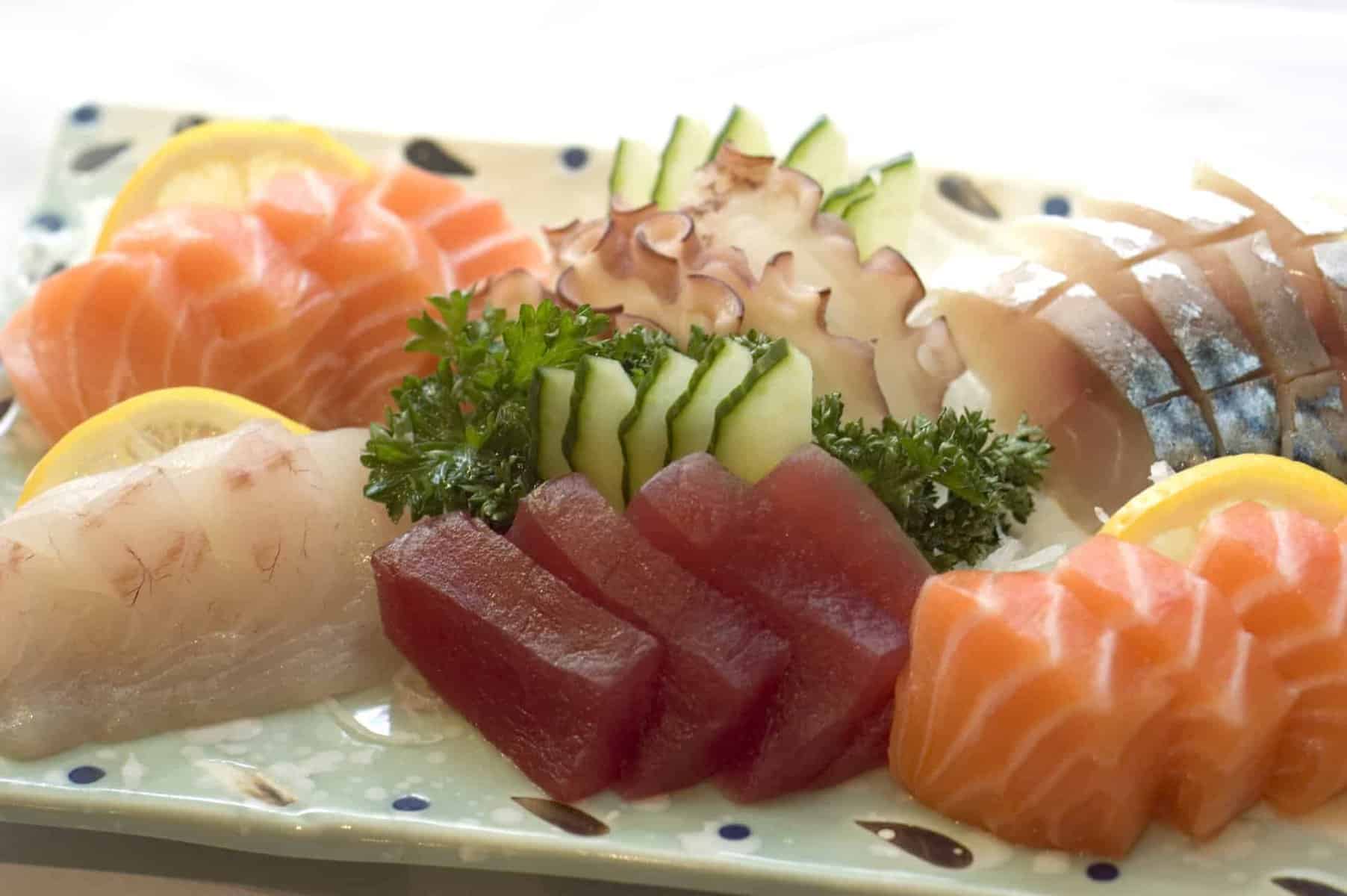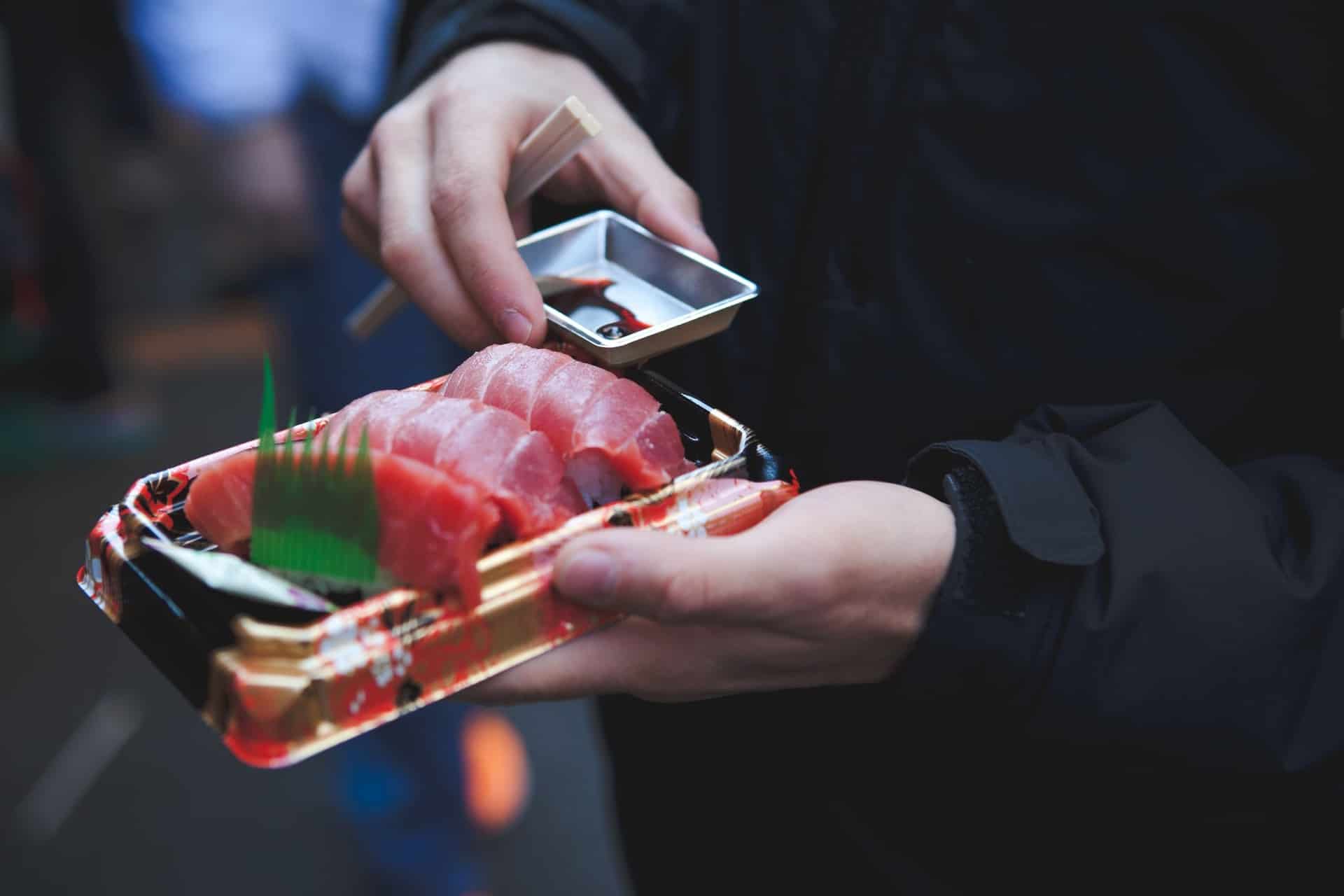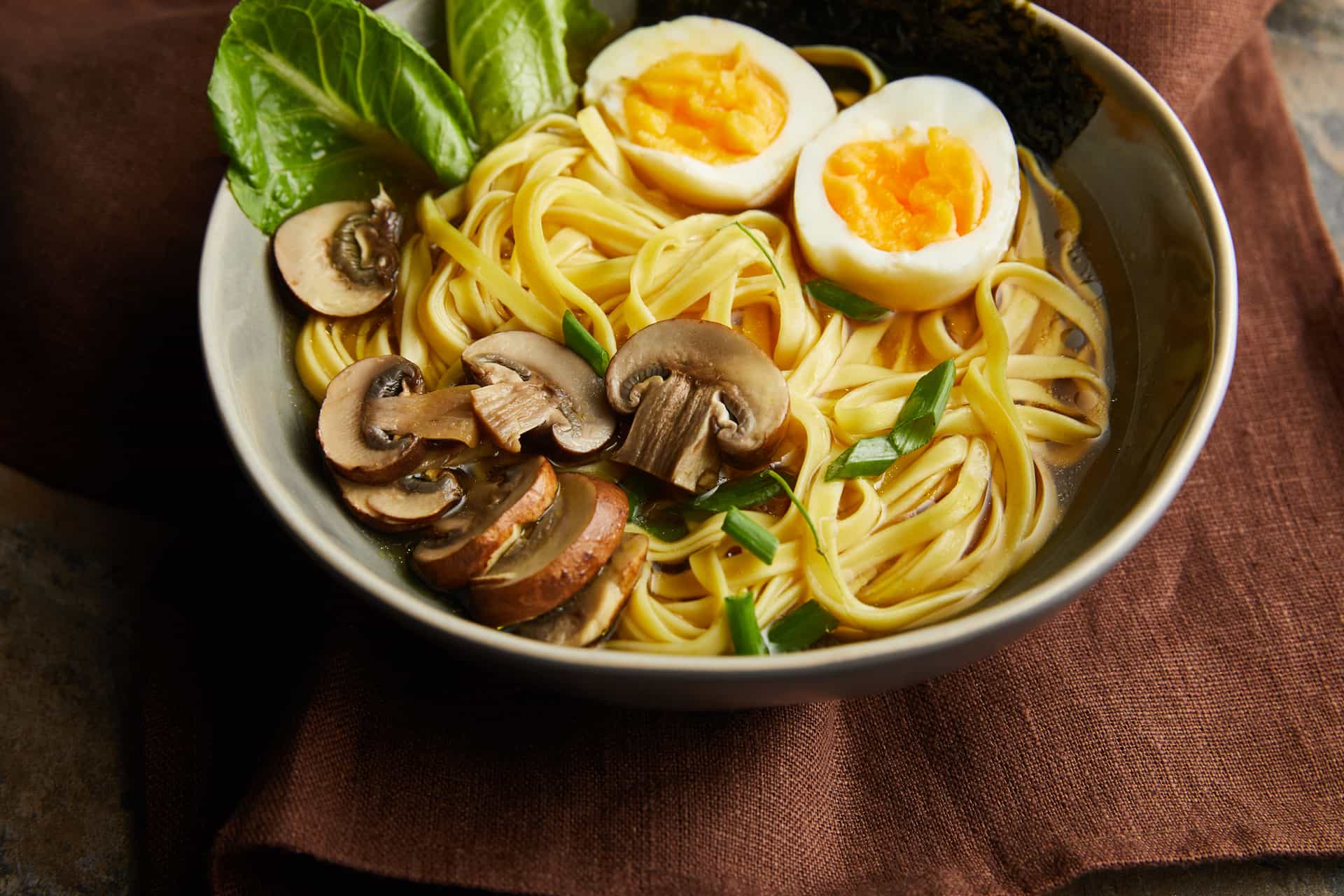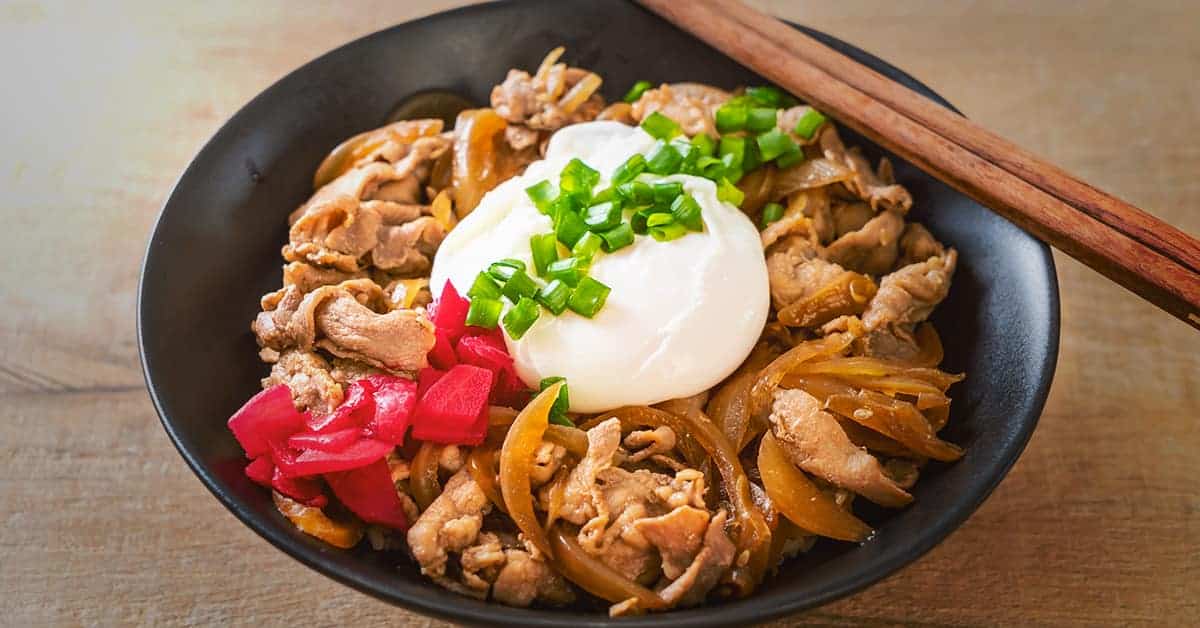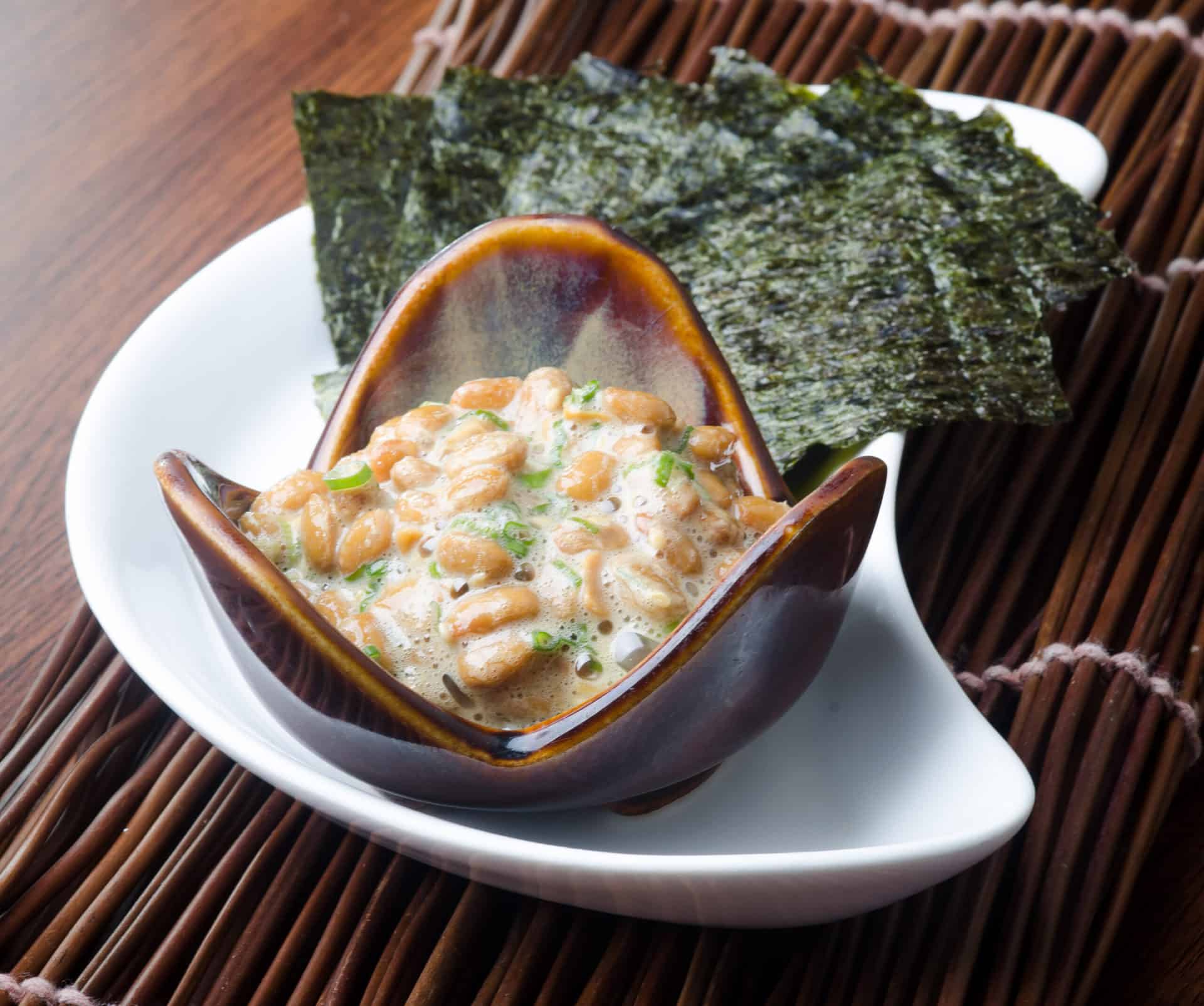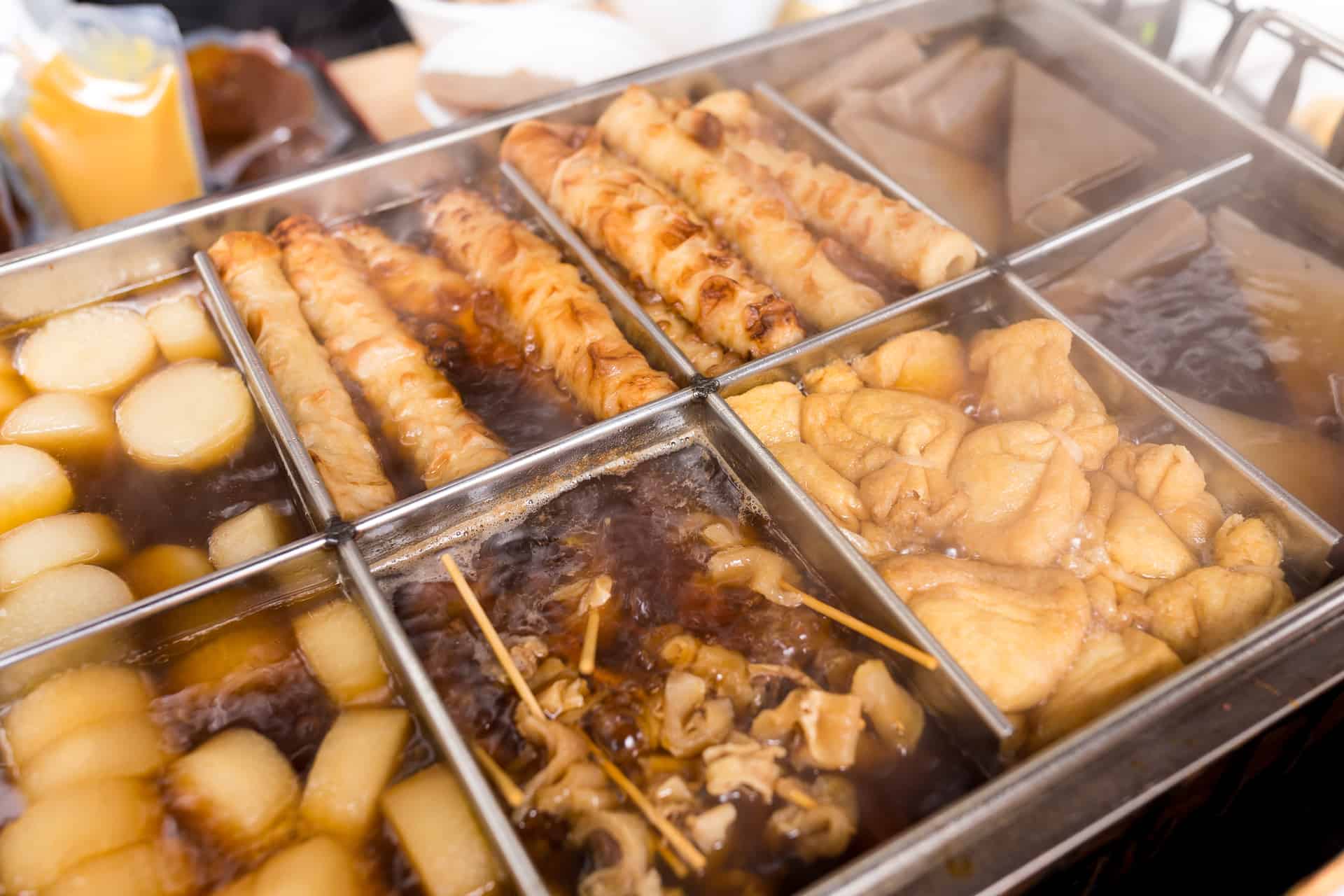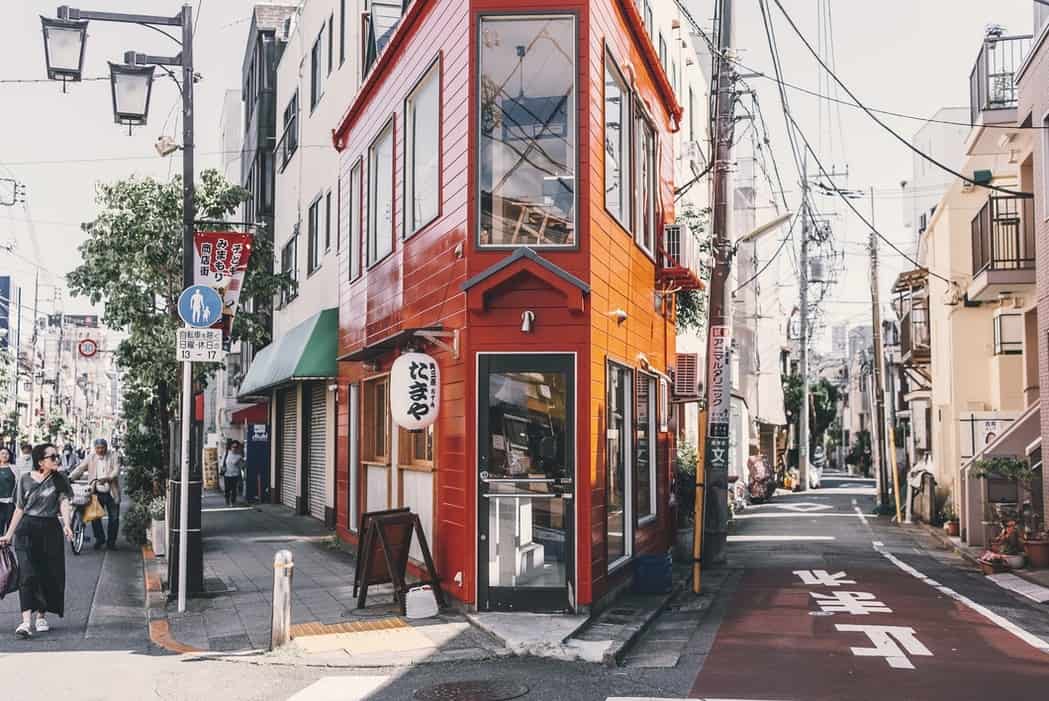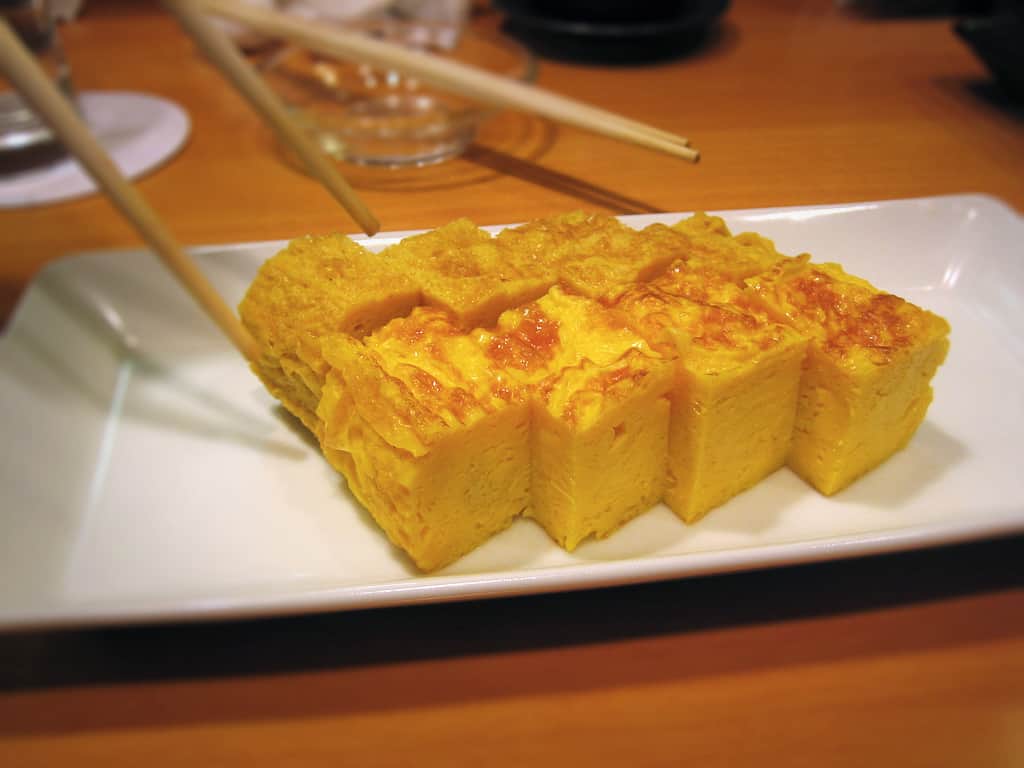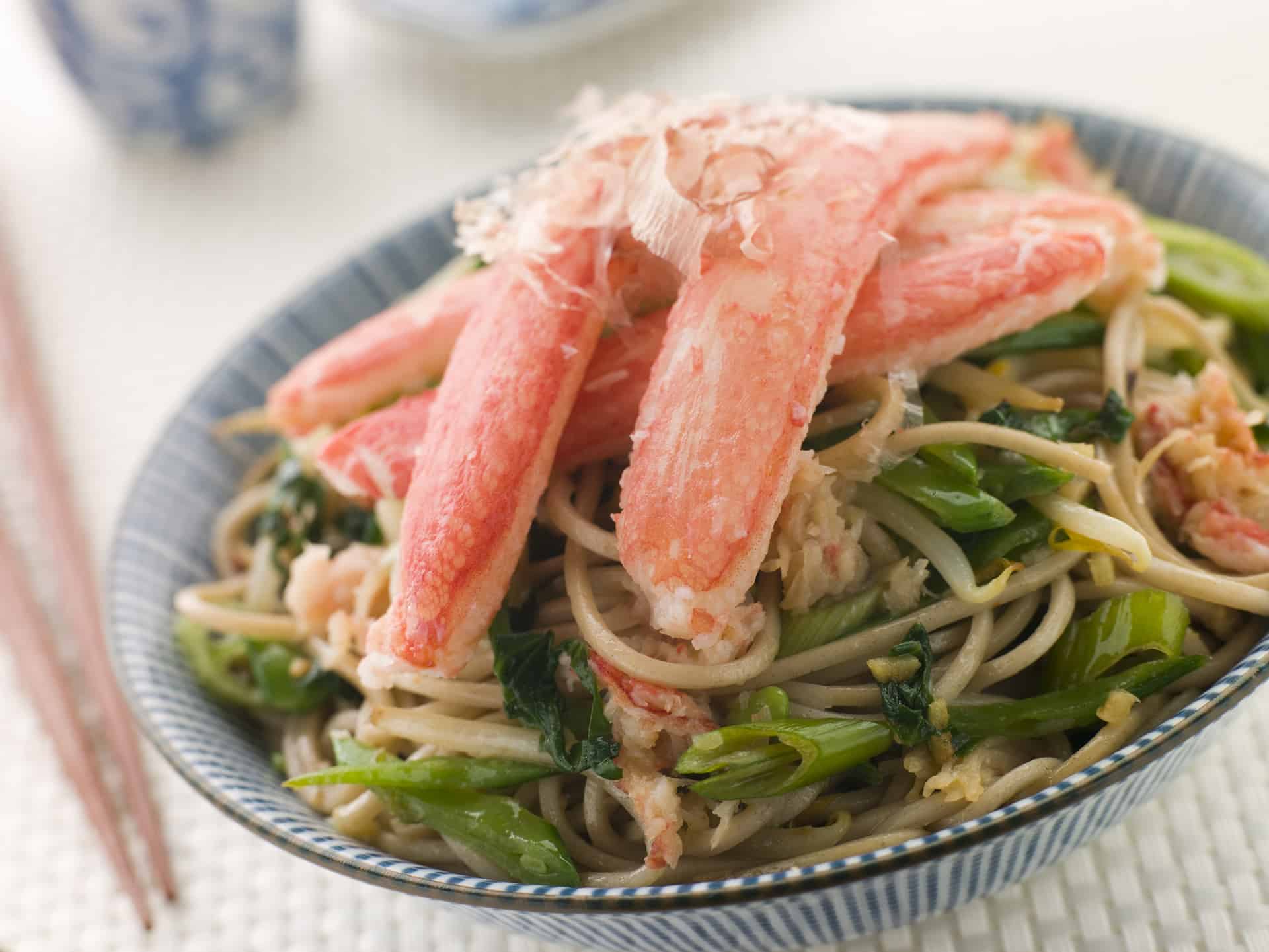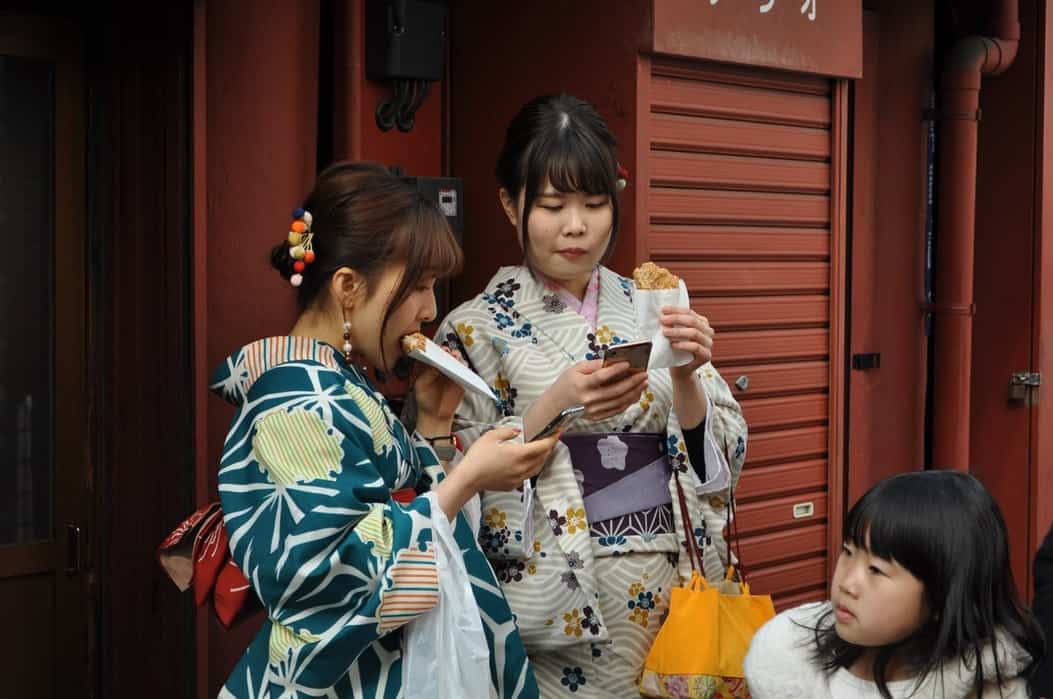Japanese food and Asian cuisine with an incredible tradition.
Japanese food begins with a big chapter: sushi. Sushi is the bridge to the Japanese cuisine, we built, for now, many years. Not that there isn’t an incredible amount of other food in Japan and ways of cooking in Japan, but it is the Western world’s primary choice of Japanese food, so we will start there after this appetizer: Teppanyaki.
Kanpai! (Cheers)
Teppanyaki. Social food at its best
Teppanyaki is a dish, where you sit with your company and other guests watching an expert Teppanyaki chef prepare the food on a big flat grill. The Teppanyaki department of a restaurant, if not the whole place, typically consists of 2 tables, where up to 11 can sit at each table. You share the table with other diners, just like at a bar, and you can easily come alone or in groups.
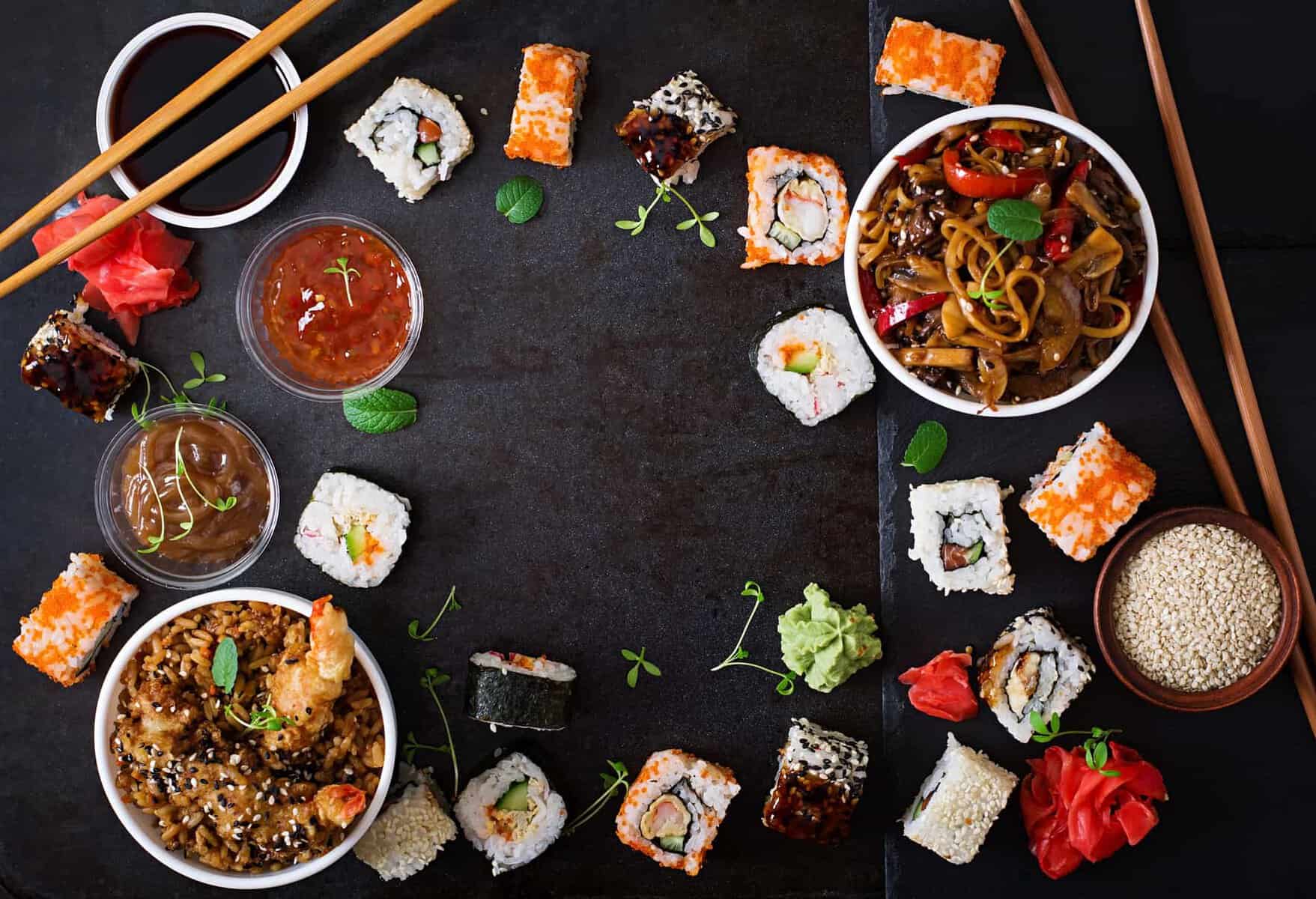
Japanese food. Traditional sushi party selection
Sushi is made in more ways than you might think
Sushi is one of the first Japanese food dishes when we think of Japanese cuisine. This delicacy was one of the first Japanese dishes to be exported to the US and Europe, etc. after the Meiji Dynasty in 1868, and since then its popularity has steadily increased year after year.
The word ‘sushi’ refers to any dish made with rolled Japanese rice, with added fish or meat or vegetarian ingredients, and not to forget rice vinegar. Common varieties of sushi include Makizushi (sushi rice and filling, rolled up in nori seaweed), Nigiri sushi (shaped, small-sized tall sushi rice with single slices of raw fish or similarly arranged over the top), and Inarizushi (sushi rice filled in pockets with Inari; a type of spicy, fried tofu).
Udon stir-fry noodles with shrimp and vegetables in a wok pan
Udon, the delicious noodles made with wheat flour and saltwater
‘One of the three main types of noodles eaten in Japanese food tradition; Udon noodles are thick, chewy, and traditionally made from wheat flour and salt water. Udon can be served in a variety of ways (mixed into stir-fries, added to hot pots, served cold with a Tsuyu or Tentsuyu soup base on the side for dipping), but is most commonly used in noodle soups, where they are served in a savory soup broth with different decorations. Some of the most common udon noodle soup dishes include kitsune udon (‘fox udon’, topped with aburaage fried tofu), tempura udon (topped with tempura battered seafood and vegetables), and chikara udon (‘power udon’, topped with grilled mochi rice cakes).
Tofu dishes
Tofu divides the waters. Do you love healthy Tofu, or maybe not at all
Although tofu is mainly considered in Western countries as a healthy food or a vegetarian alternative, tofu (especially silken tofu) is enjoyed in Southeast Asian countries such as Japan and is a common part of the traditional diet. To answer the question what is tofu? It is soy milk that has been coagulated, with the resulting curd pressed into blocks. These blocks come in different levels of firmness and can be eaten raw (perhaps with a few grains of salt as garnish), cooked in hot pots, or fried into tasty pieces and used as a garnish.
Tempura with seafood
Tempura, the Japanese cuisine is also crunchy and crispy
If you like crispy fried dishes, you will love tempura. Tempura is pieces or slices of meat, fish, and/or vegetables that have been covered in a special tempura batter and deep-fried until they become crispy and golden. Unlike in our country, where foods tend to still have lots of meat and fish, tempura tends to be most often made from either small shellfish like shrimp or vegetables like green beans, pumpkin, daikon mooli radishes, and sweet potatoes. Tempura can be eaten on its own (perhaps with a little grated daikon and a small plate of Tsuyu son dip) or served on top of rice dishes or noodle soups.
Yakitori delicious starters on small skewers
Yakitori, mini chicken snack skewers
While in the West or other Asian countries, you might pick up a portion of chips or a hot dog during a sports match, the Japanese pick up some Yakitori. With a name that literally means ‘grilled chicken’, yakitori are small, bite-sized skewers. Chicken pieces seasoned with salt or drizzled with a sauce or tare of mirin rice wine, soy sauce, sake alcohol, and sugar. There are many different types of yakitori, but the most common varieties are momo (chicken thigh), Negima (chicken and spring onion), and Tsukune (chicken meatballs).
Sashimi, tuna, and salmon, a classic Japanese dish
Sashimi, the raw Japanese cuisine
Possibly one of the most controversial dishes in all of Japanese cuisine, sashimi is raw fish or meat that is beautifully and precisely sliced thinly and typically served with daikon radish, pickled ginger, wasabi, and soy sauce. Sashimi differs from sushi in that all sushi is made with vinegared rice and does not always contain raw fish, while Sashimi is almost exclusively raw fish and is never served with rice.
Sashimi is a Japanese dish, here in a cute little box for lunch
The fish used to make sashimi must be as fresh as possible, both to minimize the risk of contamination and because fresher fish makes for more flavorful sashimi.
Ramen noodle soup is quite delicious with noodles and shredded pork
Ramen is a noodle soup consisting of wheat noodles (also known as ‘ramen noodles’), a flavorful broth (soy sauce, salt, miso, and Tonkotsu pork are the four main ramen broth bases) and filled with meat, protein, and/or vegetables such as shredded pork, nori seaweed, spring onions, bamboo shoots, and others.
Ramen is one of today’s Japan’s absolute favorite delicacies that costs very little and is widely available in restaurants and Ramen bars (which can be found on almost every street corner). In fact, Japanese Ramen is so popular that there is a Ramen-themed museum and theme park in Tokyo.
Donburi, ready for your Japanese lunchbox?
This dish in a rice bowl is almost as popular as Ramen in Japan and a popular lunch choice for busy Japanese workers. Donburi is made by cooking (usually by simmering or frying) different types of meat, fish, and vegetables and served over steamed rice in large bowls (also called ‘donburi’). While donburi can be made with almost any assortment of ingredients, the most common types include Oyakodon (boiled chicken, egg, and green onion), Gyudon (sliced beef and onion simmered in a soy sauce soup), fried tempura pieces drizzled in Tsuyu, and Katsudon (breaded and deep-fried pork chops or tonkatsu, simmered in Tsuyu with onions and eggs).
Natto are you into fermented soybeans?
In the same way that Marmite divides the British nation especially to now find a parallel, natto also divides the Japanese. This traditional Japanese food is made by fermenting soybeans in a special type of bacteria produced naturally in the human gastrointestinal tract. Natto has a strong odor similar to that of moldy cheese, as well as a sticky/slimy texture that many find off-putting. However, many others love these fermented soybeans for their rich salty, and savory (or umami) flavor and their abundant nutritional value. Is natto delicious or disgusting? It is up to you to decide. You have the final call, but give it a chance!
Oden, when it’s cold out there, this is the comfy food solution
No cold Japanese winter would be complete without Oden. This winter dish or Nabemono is made by taking a selection of vegetables and proteins (including processed fish cakes, mochi rice cakes, boiled eggs, daikon radish, konjac yam, and tofu).
They are simmered in a light broth seasoned with soy sauce and dashi (a soup stock made from infusions of bonito fish flakes, kombu Tantang, and/or other salty ingredients) in a large hot pot in the center of a table. Diners can then scoop up their favorite pieces and enjoy with karashi mustard and other condiments. In addition to being a hearty main meal, the boiling hot pot also acts as an effective “warming blanket” on cold evenings.
Tamagoyaki, a Japanese omelet in many varieties
A versatile delicacy that can be enjoyed for breakfast, lunch or dinner, tamagoyaki (which literally means ‘boiled egg’) is a Japanese omelet made by sequentially boiling and rolling several layers of beaten egg (sometimes seasoned with soy sauce and/or sugar) . A freshly cooked tamagoyaki looks like a rolled crêpe, which can then be cut open and eaten by itself (often this is how it is eaten at breakfast) or used as a filling or filling for sushi. Tamagoyaki-topped nigiri sushi is often eaten in sushi bars as the last course, as Tamagoyaki has a slight sweetness that makes Tamagoyaki almost dessert-like.
Soba, the third type of Japanese noodle, now you’ll soon be an expert
Otherwise known as ‘buckwheat noodles’ (‘soba’ is the Japanese word for ‘buckwheat’), soba is one of the three main varieties of noodles most commonly eaten in Japan. Unlike udon and ramen, soba noodles are made partly, if not entirely, from buckwheat flour. This gives them a distinct earthy and slightly nutty flavor that works well with stronger flavors like garlic and sesame. Soba can be served hot in soups with a filling of spring onions, Agetama tempura flakes, kamaboko fish cakes, and/or grilled mochi) or cold with a side of t’Tsuyu and a garnish of green onions, shredded nori seaweed and Wasabi.
Tonkatsu, Japanese food is also pork chops, deep-fried crispy little pork belly
Tonkatsu pork chops are one of the many yoshoku or ‘Western’ foods that were originally introduced to Japan by Europeans. Like most other yoshoku foods, the Japanese took the original tonkatsu and made it their own. Today, tonkatsu is made by coating pork chops in crispy panko breadcrumbs and deep-frying them until golden brown in color. They are usually served drizzled in fruit-and-vegetable-based tonkatsu sauce with shredded cabbage and other crunchy salad greens on the side. Tonkatsu is also often enjoyed as part of a bento lunch in a Japanese curry (known as ‘katsu curry’) or in a sandwich.
See incredible Tokyo, the world’s largest contiguous urban area.
Lots of travel tips for Tokyo
Do they celebrate Christmas in Japan?
Travels to Japan you will never forget
Travel Guide to Japan, an abundance of Japanese travel inspiration

